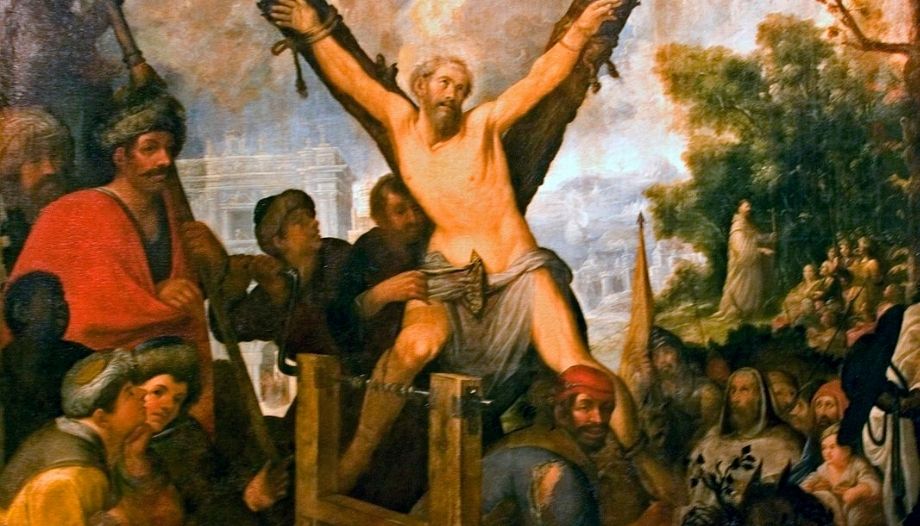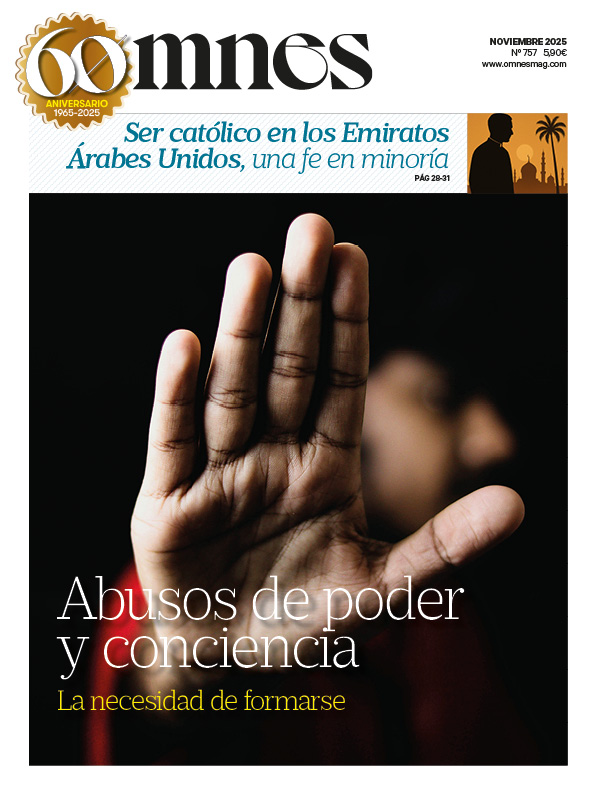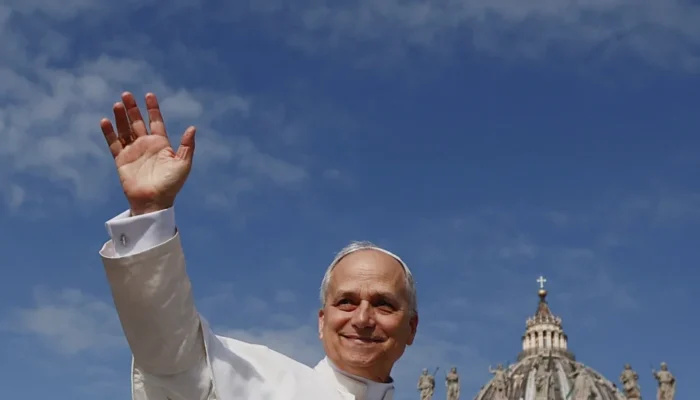Friar Serapius Scott was born around 1178 in the British Isles, a relative of the Scottish monarchy. Although the details of his childhood and youth are unknown, he was immediately placed at the side of King Richard the Lionheart in the third crusade, fighting for the faith and the liberation of the land of Jesus, writes the Order of Mercy on his website. He then favored the captives who were being freed in Palestine, and he also suffered imprisonment and jail.
St. Serapio participated in the battles against Islam in Spain, at Las Navas de Tolosa in 1212. A few years later, he met St. Peter Nolasco in Daroca and entered the Mercedarian Order.
Driven by charity towards the captives, he carried out several redemptions. One of those attributed to him was carried out with St. Raymond Nonnatus in 1229, rescuing more than 150 captives. In the 1240 redemption that he carried out with Friar Berenguer de Bañeres in Algiers, he remained as a hostage. Tradition presents St. Peter Nolasco asking for help for the redeemer. But the ransom did not arrive in time and he was crucified on the cross like St. Andrew.
St. Nicholas Tavelic and companions, martyrs in Jerusalem
Nicolas Tavelic, Deodatus of Rodez, Stephen of Cuneo and Peter of Narbonne, priests Franciscans, died martyrs in Jerusalem on November 14, 1391. They came from different Franciscan provinces, such as Croatia, Aquitaine, Genoa and Provence, and coincided in the Custody of Holy Land, entrusted by the Holy See to the Franciscan Order.
After consultation, prayer and study, they presented the Christian faith before the Cadi of Jerusalem, but were invited to convert to Islam. When they failed to do so, the friars were executed. They were canonized in 1970 by St. Paul VI.
St. Joseph Pîgnatelli worked for restoration
Joseph Pignatelli SJ, (Saragossa 1737 - Rome, 1811), is venerated “for having given guidance and support to the Jesuits during the very hard years when the Society of Jesus was suppressed”, narrates the Jesuit website. From a noble family, he was noted for his spiritual life and was ordained a priest the week before Christmas 1762. He spent the next four and a half years in Zaragoza teaching grammar to children, visiting the prison and attending to prisoners and death row inmates.
During the expulsion of the Jesuits from Spain in 1767, he showed fortitude and charity, helping his exiled brothers. After the suppression of the Society by Pope Clement XIV, he worked tirelessly for its restoration, and was a symbol of fidelity and hope. He died in Rome in 1811, with a progressive weakening of his health, three years before the Society was reestablished by Pius VII. He was canonized by Pius XII in 1954.








